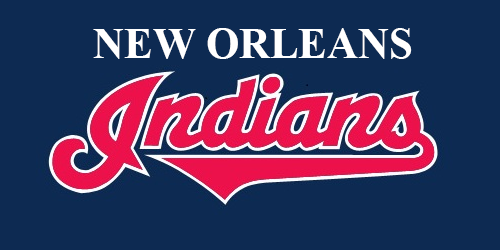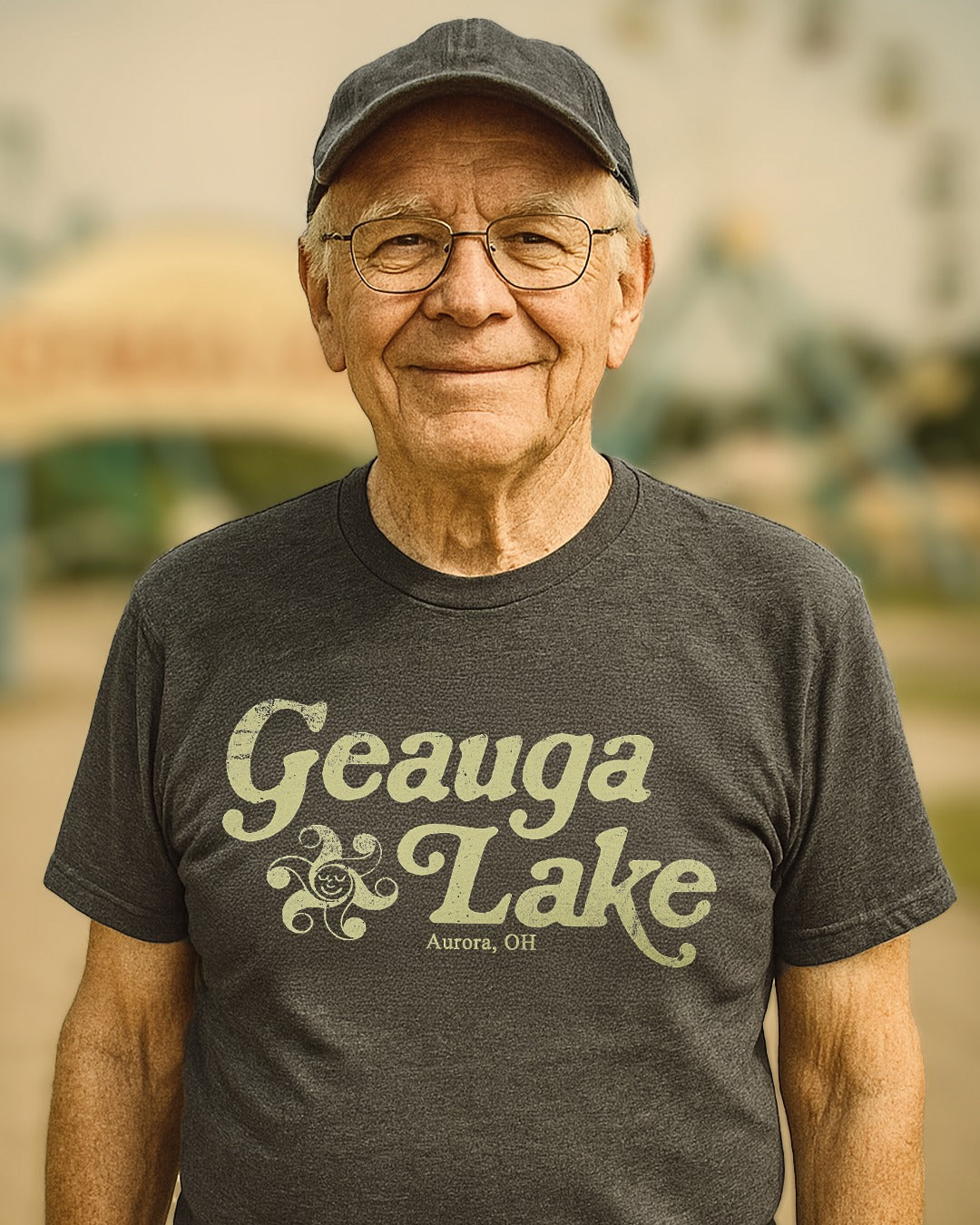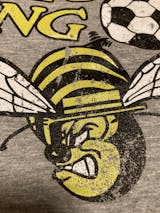The Cleveland Indians almost moved to New Orleans-- and Seattle, Oakland, Tampa...
The Cleveland Indians have been the subject of more relocation rumors than any other Major League Baseball team, with the possible exception of the (now) Oakland A’s, who did move-- twice!
For most of the early 20th century, the baseball landscape was pretty stable. The last team to move before the 1950s was the (original) Baltimore Orioles, who moved to New York to become the Highlanders and renamed the Yankees in 1913.
More cities wanted a team
After World War II, the appetite for major league professional sports outside of the handful of primarily Eastern and Midwestern cities teams were based in began to grow across America. Indeed, the 16 Major League teams of the day were based in just 10 cities. New York had three teams (including Brooklyn), while Boston, Philadelphia, Chicago, and St. Louis had two teams, one in each league.
The first team to pick up and move was the Boston Braves in 1953. They settled in Milwaukee. The following season, the St. Louis Browns headed east to Baltimore, where they became the Orioles, while the Philadelphia A’s moved to Kansas City. In 1958, the Brooklyn Dodgers moved to Los Angeles, and the New York Giants relocated to San Francisco.
Other cities tried to woo teams as well, including Minneapolis, Dallas, Denver, Toronto, and Houston. It was at this time the Continental League was announced as a third major league. Teams were to be placed in New York, Houston, Denver, Buffalo, Toronto, Dallas, Atlanta, and Minneapolis. The league fell apart before throwing a pitch as Major League Baseball quickly announced expansion plans, placing teams in New York, Houston, and Los Angeles and replacing the Washington Senators (who had moved to Minnesota) with an expansion team. Still, other markets like Seattle and Oakland, as well as the cities that were to join the Continental League, wanted Major League Baseball.
The Tribe started looking around
One team that was eyeing a move was the Cleveland Indians. As early as 1958, rumors had begun to circulate that the club was going to relocate, with Minneapolis being mentioned as a possible destination. Frank Lane, the Indians’ general manager at the time, denied the rumors and the team, of course, stayed in Cleveland. In 1963, though, after a dismal season at the gate and on the field, talk of a move was on again.
The leading contenders this time were Seattle and Oakland. The former started a ticket drive in 1964 and sold 8,000 season tickets for the 1965 season, hoping that would encourage the Tribe to move to the Pacific Northwest.
At the same time, in Oakland, a new stadium was under construction. A group of local businessmen offered Indians owner Gabe Paul $6.5 million to move the team to the East Bay. Paul declined the offer but did fly to Oakland after the 1964 World Series to check things out. He also visited Seattle.
Officials in Cleveland worked feverishly on a new lease for Municipal Stadium and finally came up with a deal that was suitable to Paul. On October 16, 1964, he announced the team’s intention to stay in Cleveland.
New owner vowed not to move the team, but...
In 1966, frozen food magnate Vernon Stouffer bought 80 percent of the team, making him the majority owner. Gabe Paul stayed on as president and general manager. Stouffer’s primary motivation for buying the team was to ensure it wouldn’t move.
In 1971, though, word got out that Stouffer was close to a deal that would have had the team playing 30 games a year in New Orleans in the as-yet-to-be-completed Louisiana Superdome. His fellow American League owners put the kibosh on that idea and, as it turned out, construction delays pushed back the opening of the Superdome to August 1975.
Donald Trump tried to buy the Indians
The Indians didn’t improve much on the field through the ‘70s, and the ‘80s weren’t much better, but that didn’t stop another suitor from calling. In February 1983, a real estate developer from New York named Donald Trump tried to buy the team. Negotiations between Trump and then team owner Steve O’Neill, as well as other interested buyers including New York attorney David LeFevre and the Jacobs brothers, dragged on through the 1983 season.
On November 11, 1983, it was reported by a local TV station that Trump had purchased the team-- but he hadn’t. Two days later, it was announced that the Jacob brothers had bought the team. The Jacobs, Cleveland natives like O’Neill, won largely because of their intent to keep the team on the North Coast. It is widely believed that Trump wanted to move the team to Tampa.
The Jacobs brothers, of course, got a new ballpark built and oversaw the team’s first postseason appearance, including a few World Series appearances, since the 1950s, as well as a record run of sold-out games. Though there have been some dips since then, the Indians (now Guardians) have remained one of Major League Baseball’s most successful clubs.






